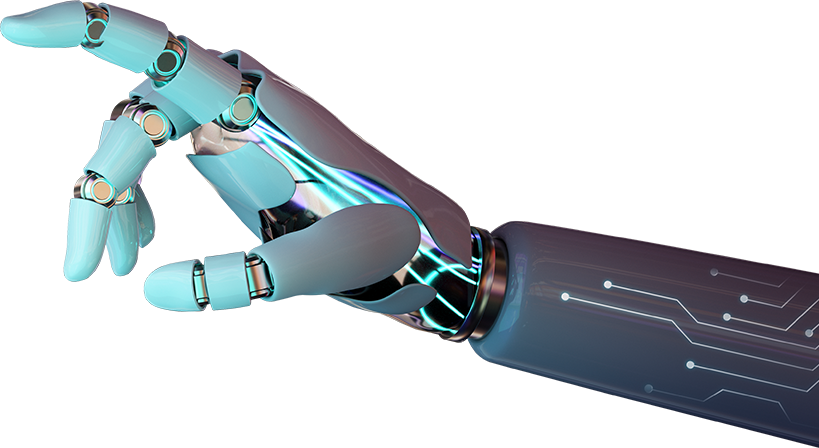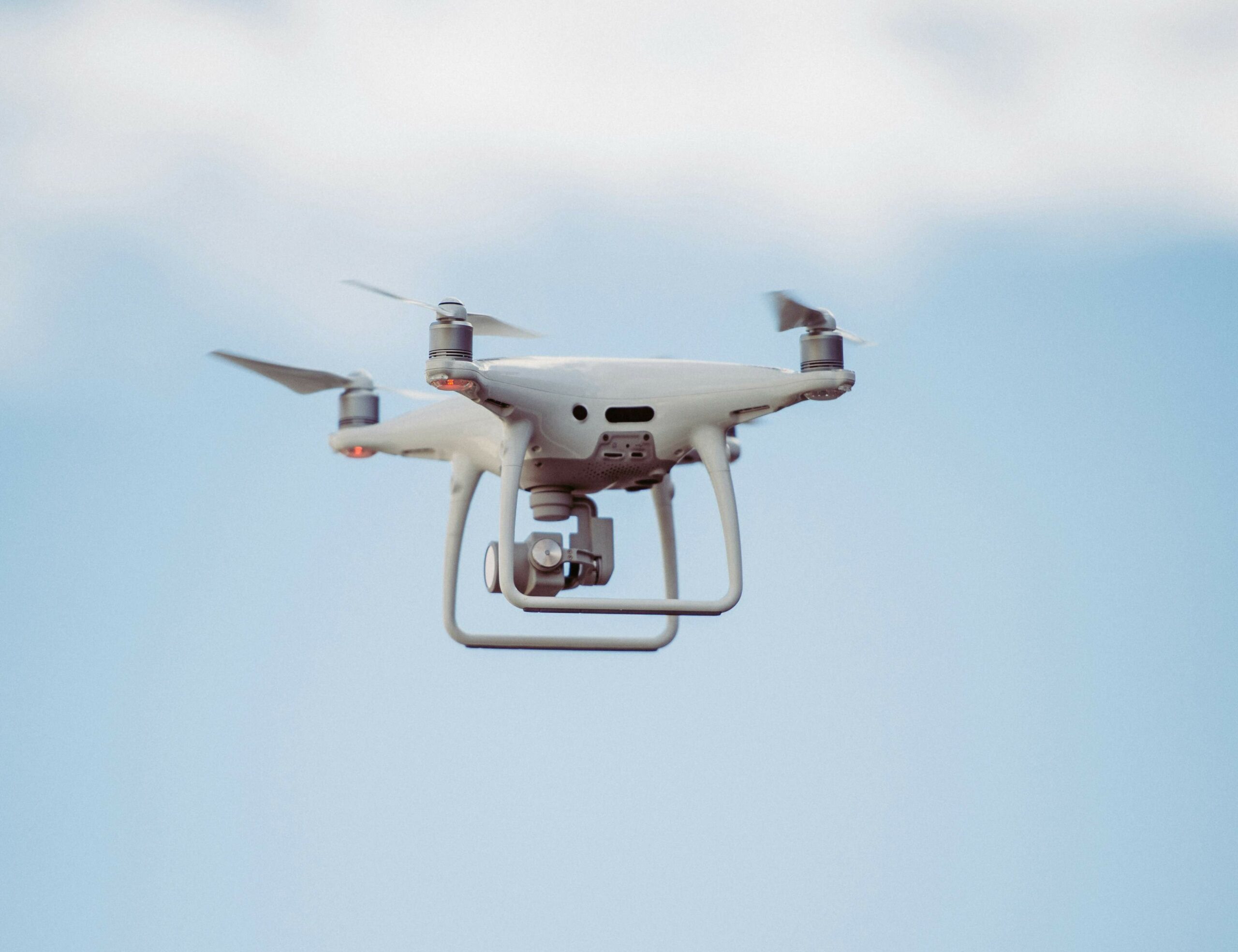In today’s tech-driven world, understanding the nuances of object localisation and object detection is crucial. These technologies revolutionise computer vision, influencing everything from autonomous vehicles to security systems. Dive into the intricacies, explore their unique roles, and discover why grasping these differences matters. Ready to unravel the mystery behind these cutting-edge innovations? Let’s get started!
Table of contents
ToggleUnderstanding object localisation
Object localisation involves identifying the exact position of objects within an image. This technology provides precise coordinates, enhancing applications like autonomous vehicles and augmented reality. By pinpointing objects, it enables systems to interpret scenes more effectively, offering critical data for advanced computer vision applications. Understanding localisation proves essential in the tech industry.
Definition and purpose
Object localisation identifies the precise location of an object within an image or video. It assigns bounding boxes to objects, highlighting their position. Unlike object detection, which merely identifies the presence of objects, localisation provides spatial data crucial for further analysis. This process enables advanced functionalities in computer vision applications, such as augmented reality and robotics. By understanding object localisation, professionals and students gain insights into how machines interpret visual data, enhancing technological capabilities and paving the way for innovative solutions in diverse industries.
How object localisation works
Object localisation identifies and pinpoints objects within an image using advanced algorithms. This process enhances computer vision systems by providing precise coordinates. It relies heavily on sophisticated techniques to achieve accuracy.
- Identifies object presence within an image
- Determines exact coordinates of the object
- Utilises bounding boxes for object delineation
Understanding foundations of neural networks proves essential for grasping how localisation algorithms function. These networks process and analyse vast amounts of image data, enabling systems to accurately locate objects in diverse environments.
Applications in technology
Object localisation plays a crucial role in modern technology. It enhances systems by precisely identifying object positions. Key applications include:
- Augmented reality
- Autonomous vehicles
- Robotics
- Medical imaging
- Security surveillance
Exploring object detection
Object detection identifies and classifies objects within an image, achieving this by analysing pixels to detect features like edges and textures. Unlike localisation, detection focuses on recognising object categories and instances. Algorithms like YOLO and Faster R-CNN play crucial roles. This technology supports a wide range of applications, from autonomous vehicles to surveillance systems, offering robust solutions for complex environments where precise object identification is paramount.
Definition and purpose
Object localisation pinpoints the exact position of an object within an image. Unlike mere detection, it provides precise spatial information. The technique plays a crucial role in enhancing image interpretation and analysis.
- Identifies specific coordinates within an image
- Enhances accuracy in image recognition tasks
- Facilitates detailed scene understanding
- Supports augmented reality applications
- Improves autonomous navigation systems
How object detection works
Object detection identifies and classifies objects within an image or video frame. It uses convolutional neural networks to process visual data. Advanced methods like You Only Look Once enable real-time processing. These models predict object boundaries and labels simultaneously.
Applications in technology
Object localisation plays a crucial role in technology. It enhances various systems, from autonomous vehicles to augmented reality. The ability to pinpoint objects accurately transforms user experiences and operational efficiency across industries.
| Application | Benefit |
|---|---|
| Autonomous Vehicles | Enhanced navigation |
| Augmented Reality | Improved interaction |
| Robotics | Precision in tasks |
Key differences between localisation and detection
Object localisation and detection differ in their approach and applications. Localisation identifies the exact position of an object within an image, often using bounding boxes. Detection, however, recognises the presence of objects without pinpointing precise locations. This distinction impacts their use in technology:
- Precision: Localisation provides precise coordinates; detection confirms existence.
- Complexity: Localisation requires more computational resources than detection.
- Use Cases: Localisation suits augmented reality; detection benefits security systems.
Understanding these differences helps professionals choose the right technique for specific tasks, enhancing efficiency in computer vision applications.
Technical distinctions
- Object localisation identifies the precise position of an object within an image.
- Object detection recognises and labels multiple objects in a single frame.
- Localisation focuses on spatial accuracy, while detection prioritises object identification.
Technical distinctions between localisation and detection lie in their core objectives. Localisation emphasises spatial precision, aiming to pinpoint exact coordinates. In contrast, detection seeks to identify and categorise various objects, often at the cost of precision. Understanding these differences aids in selecting the right approach for specific computer vision tasks.
Use cases and scenarios
In practical use, object localisation shines in autonomous vehicles, enhancing safety by pinpointing pedestrians and obstacles. It aids augmented reality by aligning virtual objects with real-world elements. In contrast, object detection excels in surveillance, identifying suspicious items swiftly. Medical imaging benefits too, detecting anomalies for faster diagnosis. Understanding these scenarios helps tailor technology solutions to specific needs, driving innovation and efficiency across diverse sectors.
Challenges and advancements
Computer vision faces several challenges and advancements. Overcoming technical complexity requires innovation. Recent progress involves:
- Enhancing computational efficiency through better algorithms.
- Improving accuracy with advanced neural networks.
- Integrating AI for real-time object localisation solutions.
These developments promise to transform industries reliant on vision technology. Continued research and collaboration remain essential.
Overcoming technical complexity
Naviguer à travers la complexité technique de la localisation et de la détection d’objets nécessite une compréhension approfondie des algorithmes de vision par ordinateur. Les professionnels doivent surmonter des défis tels que le traitement des données en temps réel et la précision des modèles. Le développement continu des réseaux de neurones profonds améliore la capacité à distinguer les objets dans des scénarios variés. Toutefois, des obstacles à la reconnaissance d’objets persistent, notamment en ce qui concerne l’identification précise dans des environnements encombrés. En fin de compte, l’amélioration des algorithmes et des techniques d’apprentissage automatique reste cruciale pour progresser dans ce domaine.
Recent advancements in computer vision
| Advancement | Description |
|---|---|
| Transformer Networks | Enhances image analysis efficiency. |
| GANs | Improves image synthesis realism. |
| Edge AI | Boosts real-time processing on devices. |
| Neural Architecture Search | Automates model optimisation. |
| Zero-Shot Learning | Enables new object recognition. |
| 3D Vision | Enhances depth perception accuracy. |
Recent breakthroughs leverage advanced AI capabilities to refine image recognition and processing.
Practical implications and future trends
The impact of object localisation spans industries. Emerging trends include:
- Enhanced augmented reality experiences
- Improved autonomous vehicle navigation
- Advanced retail analytics
- Smart city infrastructure
Future developments promise seamless integration into daily technology.
Industry impact and trends
Object localisation and detection significantly influence various industries, enhancing automation and efficiency. Autonomous vehicles rely on these technologies to navigate safely. In retail, they improve inventory management and customer experience. The rise of AI-driven solutions highlights the growing trend towards integrating these systems into everyday applications.
Future developments in vision technology
Future developments in vision technology promise significant advances in AI-driven object localisation. Enhanced algorithms boost real-time processing, enabling more precise identification. Innovations in edge computing integrate seamlessly with vision systems, facilitating autonomous operations across diverse sectors.
Questions and Answers
What is the main goal of object localisation?
The primary aim of object localisation is to pinpoint the exact position of an object within an image. It involves creating bounding boxes around objects, enabling precise identification of their location.
How does object detection differ from object localisation?
Object detection not only identifies objects within an image but also recognises their presence. Unlike localisation, it labels multiple objects, providing comprehensive information about what the objects are and where they are located.
What are some common applications of object localisation?
Object localisation finds use in various fields like autonomous vehicles, where it assists in recognising and navigating around obstacles. It’s also crucial in surveillance systems for tracking movements and in augmented reality for overlaying digital content accurately.






